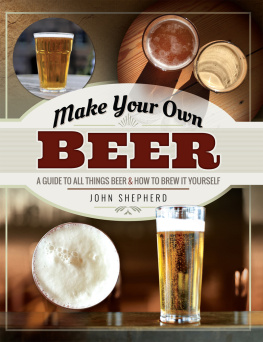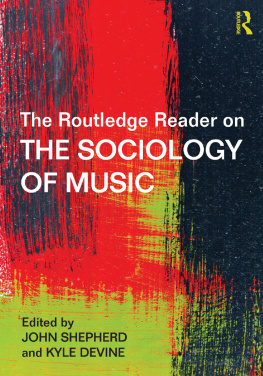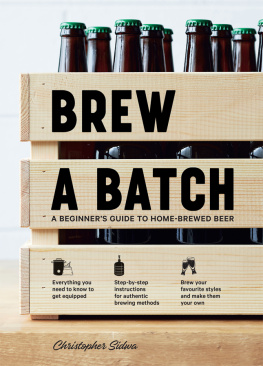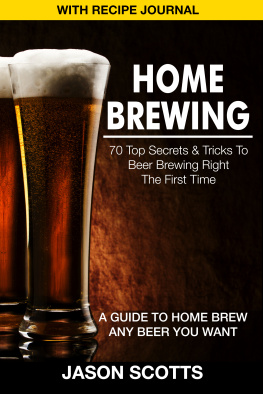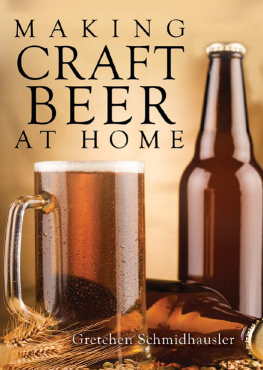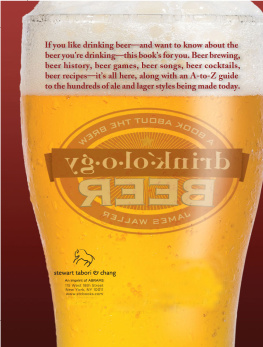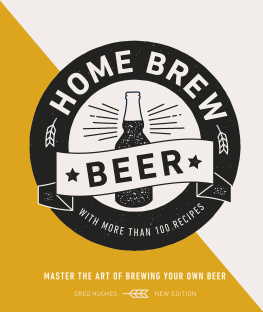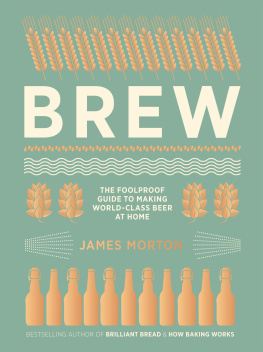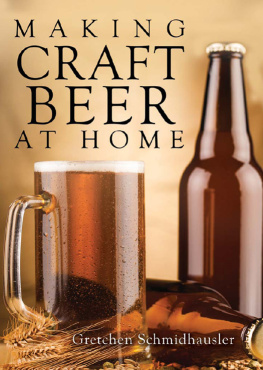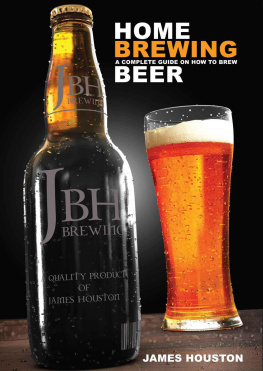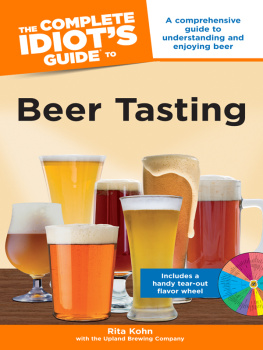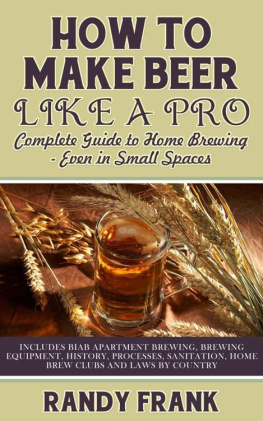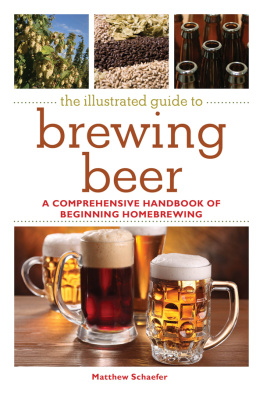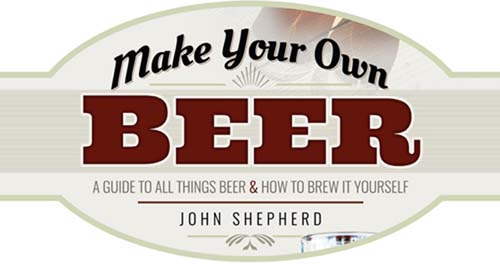Pagebreaks of the print version

First published in Great Britain in 2020 by
Pen & Sword WHITE OWL
An imprint of
Pen & Sword Books Ltd
Yorkshire Philadelphia
Copyright John Shepherd, 2020
ISBN 978-1-52676-997-8
eISBN 978-1-52676-998-5
Mobi ISBN 978-1-52676-999-2
The right of John Shepherd to be identified as Author of this work has been asserted by him in accordance with the Copyright, Designs and Patents Act 1988.
A CIP catalogue record for this book is
available from the British Library.
All rights reserved. No part of this book may be reproduced or transmitted in any form or by any means, electronic or mechanical including photocopying, recording or by any information storage and retrieval system, without permission from the Publisher in writing.
Pen & Sword Books Limited incorporates the imprints of Atlas, Archaeology, Aviation, Discovery, Family History, Fiction, History, Maritime, Military, Military Classics, Politics, Select, Transport, True Crime, Air World, Frontline Publishing, Leo Cooper, Remember When, Seaforth Publishing, The Praetorian Press, Wharncliffe Local History, Wharncliffe Transport, Wharncliffe True Crime and White Owl.
For a complete list of Pen & Sword titles please contact
PEN & SWORD BOOKS LIMITED
47 Church Street, Barnsley, South Yorkshire, S70 2AS, England
E-mail:
Website: www.pen-and-sword.co.uk
Or
PEN AND SWORD BOOKS
1950 Lawrence Rd, Havertown, PA 19083, USA
E-mail:
Website: www.penandswordbooks.com

The Truman Brewery in London, an institution. ( Hamish/Adobe Stock)
Chapter One
The History of Beer
BEER HAS BEEN a part of life for hundreds, more likely thousands, of years, with traces of a beer-type substance found on 5,000-year-old Chinese pottery. Ignoring the question over what defines a beer-type substance and what that actually means for the history of beer, that is a long time. Beers role has changed many times over that period and, as well as being enjoyed, it has also played a vital function as an essential part of the human diet. The brewing process meant that it was a safer product to consume than many sources of water, even though those producing and consuming it may not have realised how or why it came to have these benefits. This may explain the numerous tales of many people, for example workers during the Industrial Revolution, drinking beer at all hours of the day in the same way that water is consumed today. As well as not containing some of the elements that made unclean water dangerous, some would argue that beer has some health benefits, if drunk sensibly, but that argument can continue elsewhere. The focus of this book is how to produce beer, though some historical context never did any harm.
As with many other products that have been around for a long period, from its humble origins, beer came to be an important commercial commodity. Within a capitalist society that often means commercial pressures can lead to variations in what is produced and how it is consumed. The free market can only go so far; products created are normally a combination of public demand and the business sectors desire to supply it. This is especially true in the UK, where the eventual structure of the pub and beer industry was not just left to the free market but became a combination of legislation and economic priorities, as well as public demand.
In the UK in the nineteenth century, commercial brewers came to be very powerful and important organisations, and initially the beer they produced was regional and centred as much on practicality as taste. The famous Trent brewing industry was based on the characteristics of the natural water supply and possibly the nearby presence of lots of thirsty workers. In other areas, the styles of beer also tended to complement the type and availability of raw materials. There are also examples of regional breweries being family owned and firmly invested in their communities. So the beers tended to reflect the region and the wealthy benefactors that the industry created and this meant the breweries were strongly entwined in local infrastructure. It was not only about the products but just as much about the institution that produced it and the regions in which they existed. This is not to suggest that it was some sort of capitalist utopia, with industry, worker and consumer all in perfect harmony, far from it. However it is reasonable to conclude that before logistics were revolutionised and long before globalisation happened, brewing was a relatively regional business that invested, in one form or another, in its community.

Welcome to the classic British pub. ( pawopa3336/Adobe Stock)
The history of the pub in the UK is also a unique market, since there has always been a strong link between those producing the beer and those selling it (with pubs historically being the main source of supply). Again, a lot more has been written and argued on this point elsewhere, but tied houses, whereby the pubs were owned or controlled by the brewery, became more and more prevalent. Not surprisingly, as the business people (and ultimately the shareholders) running and owning the breweries became more commercial, so financial pressures became more important. This culminated in the situation in the second half of the twentieth century where breweries began to consolidate and many regional breweries were swallowed up by big, growing, national breweries. The control they exerted over both production and supply meant that these new mega-breweries could dictate the products that reached the consumer and, for commercial reasons, this often meant profit ruled over quality and taste. When the same business controls what is made and where it is sold, it is not surprising that the choice for the consumer becomes limited.
If in need of a debating topic down the pub, consider whether the US-led craft beer revolution (where ownership and supply is more fragmented and segmented) would have happened in quite the same way within the UKs restricted free market. Incidentally, having worked within the commercial sector for a number of years and having spent a lot of time trying to sell independent craft beer into pubs and pub chains, be under no illusion about the freedom of the pub sector. It may not be quite as closed a shop as it used to be but it is still very difficult for a small and/or new entrant to gain effective access. The power of the pubco may have been reduced, but only in the way a highly powered car might obey the speed limit, however only if someone is watching.

Different styles, different beers, different tastes. ( Rido/Adobe Stock)

